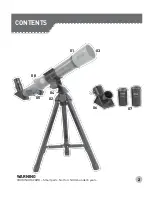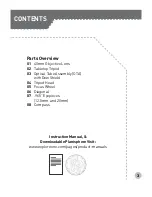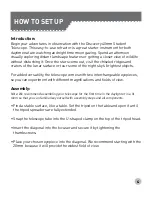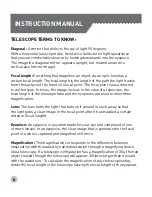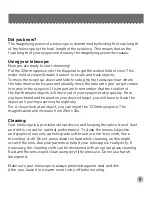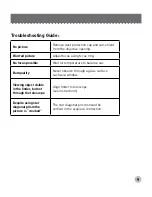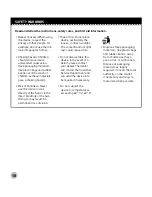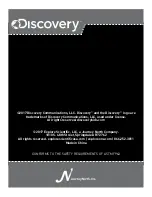
7
Did you know?
The magnifying power of a telescope is determined by dividing the focal length
of the telescope by the focal length of the eyepiece. This means that as the
focal length of your eyepiece increases, the magnifying power decreases.
Using your telescope:
Now you are ready to start observing!
Put the 20mm eyepiece into the diagonal to get the widest field of view. This
wider field of view will make it easier to locate and track objects.
To move the scope up, down and side to side, grip the telescope near where
the tube meets the focuser and steadily move the tube until your target comes
into view in the eyepiece. It is important to remember that the rotation of
the Earth means objects will move out of your eyepiece fairly quickly. Once
you have found and focused on your desired target, you will have to track the
object as it journeys across the night sky.
For a closer look at an object, you can insert the 12.5mm eyepiece. The
magnification will increase from 20x to 32x.
Cleaning:
Your telescope is a precision optical device and keeping the optics free of dust
and dirt is crucial for optimal performance. To clean the lenses (objective
and eyepiece) use only a photo-grade soft brush or a lint-free cloth, like a
microfiber cloth. Do not press down too hard while cleaning, as this might
scratch the lens. Ask your parents to help if your telescope is really dirty. If
necessary, the cleaning cloth can be moistened with an optical glass cleaning
fluid and the lens wiped clean using very little pressure. Do not use harsh
detergents!
Make sure your telescope is always protected against dust and dirt.
After use, leave it in a warm room to dry off before storing.


